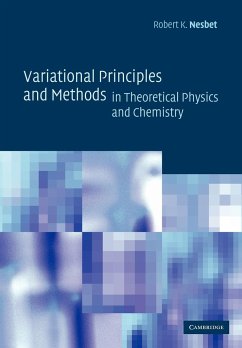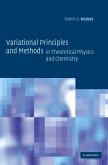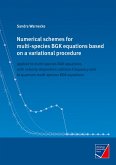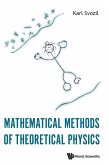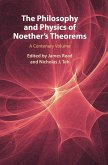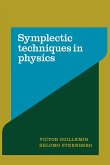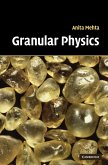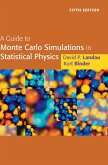Essential ideas and methods behind current applications of variational theory in theoretical physics and chemistry.
This book brings together the essential ideas and methods behind current applications of variational theory in theoretical physics and chemistry. The emphasis is on understanding physical and computational applications of variational methodology rather than on rigorous mathematical formalism. The text begins with an historical survey of familiar variational principles in classical mechanics and optimization theory, then proceeds to develop the variational principles and formalism behind current computational methodology for bound and continuum quantum states of interacting electrons in atoms, molecules, and condensed matter. It covers multiple-scattering theory, including a detailed presentation of contemporary methodology for electron-impact rotational and vibrational excitation of molecules. The book ends with an introduction to the variational theory of relativistic fields. Ideal for graduate students and researchers in any field that uses variational methodology, this book is particularly suitable as a backup reference for lecture courses in mathematical methods in physics and theoretical chemistry.
Table of content:
Preface; Part I. Classical Mathematics and Physics: 1. History of variational theory; 2. Classical mechanics; 3. Applied mathematics; Part II. Bound States in Quantum Mechanics: 4. Time-independent quantum mechanics; 5. Independent-electron models; 6. Time-dependent theory and linear response; Part III. Continuum States and Scattering Theory: 7. Multiple scattering theory for molecules and solids; 8. Variational methods for continuum states; 9. Electron-impact rovibrational excitation of molecules; Part IV. Field Theories: 10. Relativistic Lagrangian theories.
Hinweis: Dieser Artikel kann nur an eine deutsche Lieferadresse ausgeliefert werden.
This book brings together the essential ideas and methods behind current applications of variational theory in theoretical physics and chemistry. The emphasis is on understanding physical and computational applications of variational methodology rather than on rigorous mathematical formalism. The text begins with an historical survey of familiar variational principles in classical mechanics and optimization theory, then proceeds to develop the variational principles and formalism behind current computational methodology for bound and continuum quantum states of interacting electrons in atoms, molecules, and condensed matter. It covers multiple-scattering theory, including a detailed presentation of contemporary methodology for electron-impact rotational and vibrational excitation of molecules. The book ends with an introduction to the variational theory of relativistic fields. Ideal for graduate students and researchers in any field that uses variational methodology, this book is particularly suitable as a backup reference for lecture courses in mathematical methods in physics and theoretical chemistry.
Table of content:
Preface; Part I. Classical Mathematics and Physics: 1. History of variational theory; 2. Classical mechanics; 3. Applied mathematics; Part II. Bound States in Quantum Mechanics: 4. Time-independent quantum mechanics; 5. Independent-electron models; 6. Time-dependent theory and linear response; Part III. Continuum States and Scattering Theory: 7. Multiple scattering theory for molecules and solids; 8. Variational methods for continuum states; 9. Electron-impact rovibrational excitation of molecules; Part IV. Field Theories: 10. Relativistic Lagrangian theories.
Hinweis: Dieser Artikel kann nur an eine deutsche Lieferadresse ausgeliefert werden.

